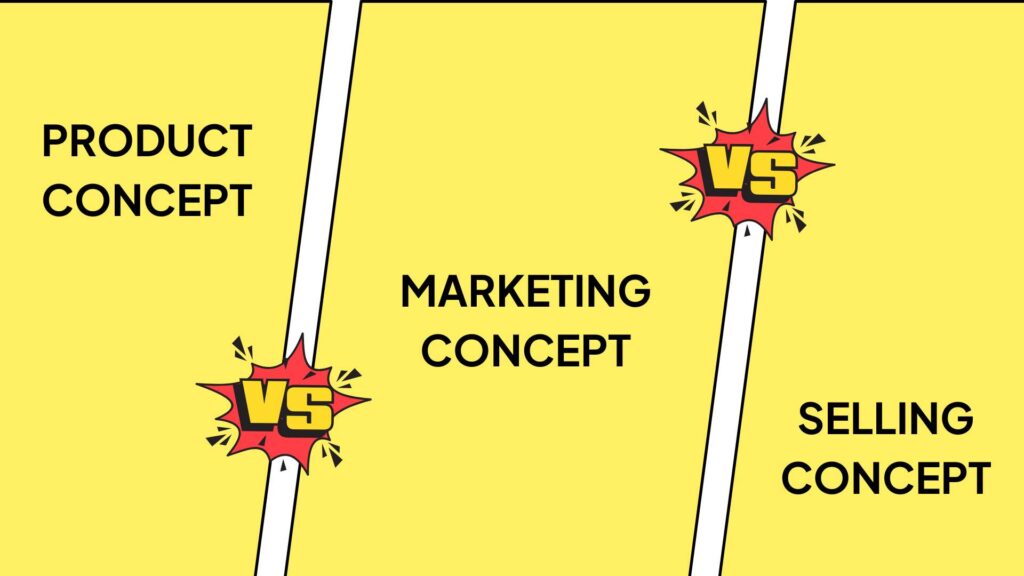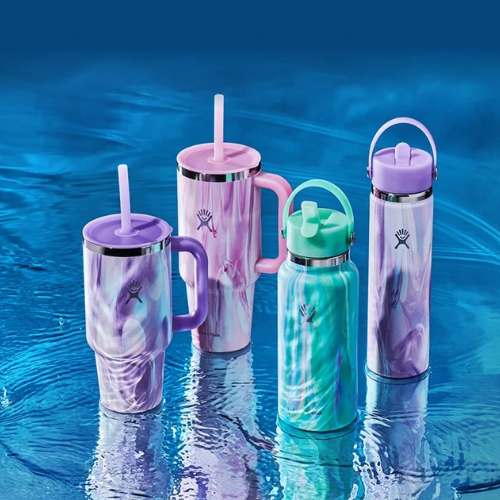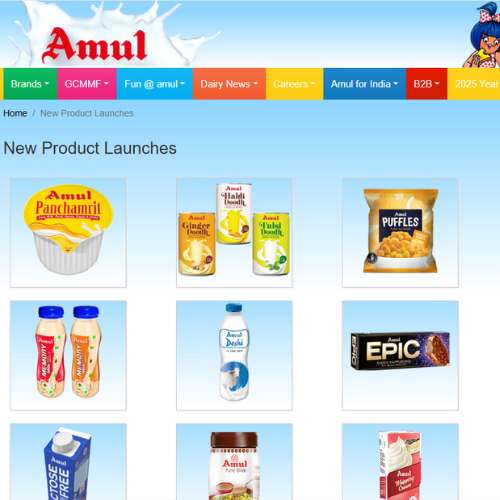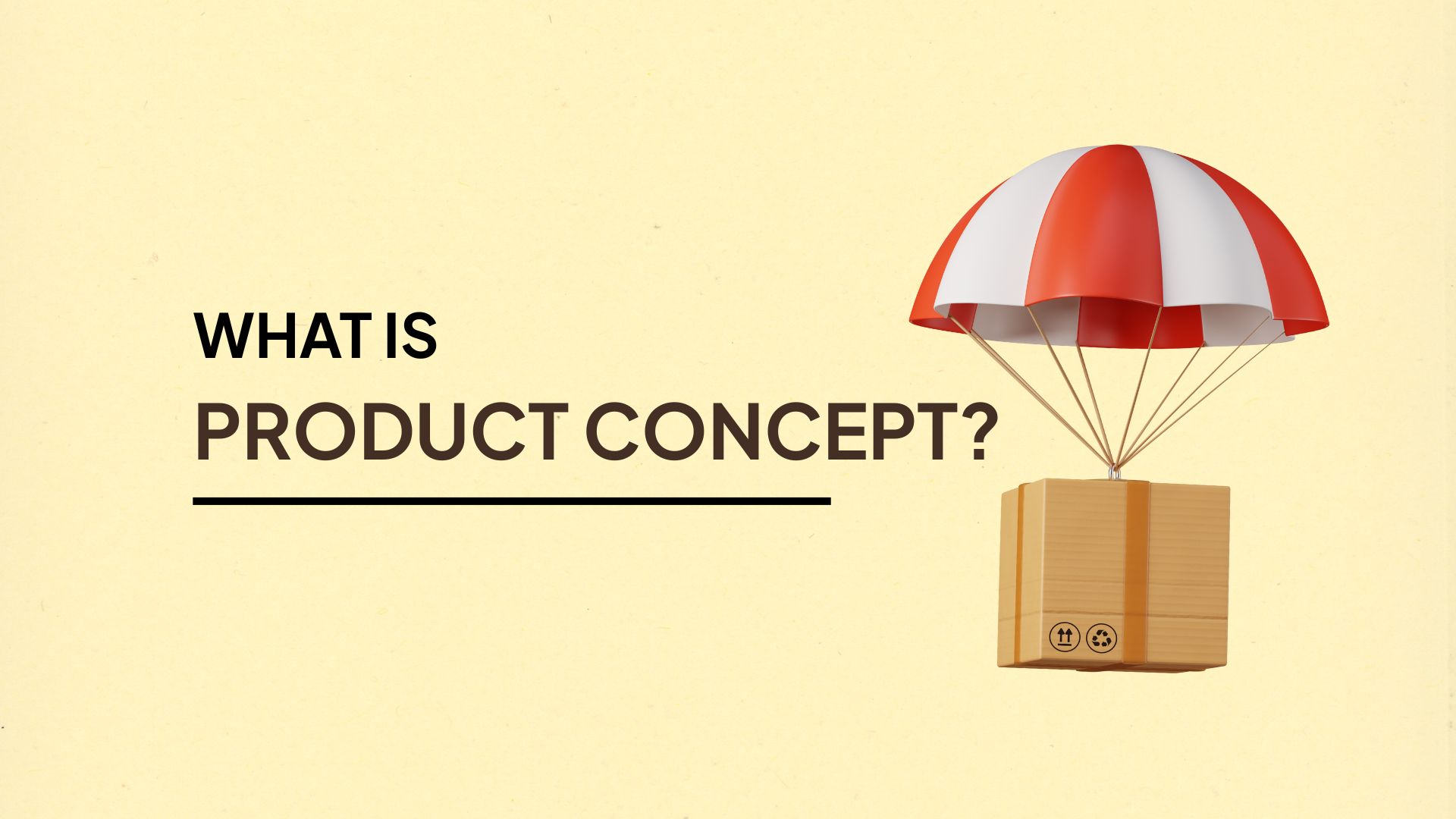Why do some businesses care more about their products than their customers? This comes down to their basic marketing beliefs. While many companies today focus on what customers want, others think making the best product will naturally bring buyers. This product-focused approach is called the “product concept.”
Table of Contents
Knowing about the product concept matters for marketers creating campaigns, students learning business basics, and product teams making decisions. When companies like Apple make new devices or Rolex makes expensive watches, they’re often using this approach—betting that great quality and features will create their own demand. But does this always work? Let’s look at what is product concept, when it works, and when it doesn’t.
What is the Product Concept?
The product concept is a business belief that customers prefer products with the highest quality, best performance, and most innovative features. Simply put:
Quality + Features = Customer Preference
Companies following this approach spend most of their time improving products and adding features—often without asking if customers actually want these improvements.
Also Read: What is Product Mix? Strategies and Examples for Growth
Product Concept vs. Production Concept
| Product Concept | Production Concept |
| Focus on quality and features | Focus on efficiency and low costs |
| “Make the best product possible” | “Make products as cheaply as possible” |
| Led by R&D department | Led by operations department |
| For quality-focused buyers | For price-focused buyers |
The main idea behind the product concept is ongoing improvement and technical excellence. Companies using this concept usually have strong engineering teams and big R&D budgets.
Did you know? The product concept heavily impacts the classic 4Ps of marketing:
- Product: All focus goes into building high-quality, feature-rich offerings
- Price: Usually premium, reflecting product excellence
- Place: Often exclusive channels or direct sales
- Promotion: Emphasizes performance and technical superiority
Key Features of the Product Concept
1. Focus on Product Excellence
Companies using the product concept care deeply about quality and performance. They spend a lot on materials, engineering, and manufacturing. This focus becomes part of their identity. German car makers like BMW focus on engineering and driving performance, believing better cars will attract customers despite higher prices.
2. Continuous Product Development
The product concept pushes businesses to always improve their products. Companies never stop at “good enough” but keep working to make products better, faster, or with more features. Software companies show this through regular updates, while electronics makers release better models each year, even when current versions sell well.
3. R&D-Driven Decision-Making
With the product concept, research and development teams have a lot of power. Product decisions often come from technical possibilities rather than market research. Engineers lead product development, with marketing in a supporting role. This explains why some tech companies make impressive products that fail to sell—they were built because they could be, not because customers wanted them.
4. Assumes Customers Want Quality
The product concept assumes customers mainly care about quality and features when buying. It thinks buyers will recognize and reward better performance. This works in markets where performance differences matter (like industrial equipment) but fails when emotions or convenience drive purchasing decisions.
Also Read: What is Product Classification? Types and Examples
Advantages of the Product Concept
1. Encourages Innovation
The product concept pushes companies to invest in research, creating a culture of innovation. This led to breakthroughs like Tesla’s electric cars, which were made to be better cars rather than to meet existing demand. Many important innovations came from companies focusing on what could be created rather than just what customers were asking for.
2. Builds Brand Loyalty
When a company consistently delivers high quality, it creates loyal customers who trust the brand. Companies like Toyota have built large customer bases through reliability rather than flashy marketing. These quality-focused brands often have higher repeat purchases and better word-of-mouth, reducing their need for advertising.
3. Works for Niche Markets
In specialized markets where performance really matters, the product concept works well. Professional tools, high-end audio equipment, and sports gear are areas where customers seek the best products and will pay more. Companies like Bose thrive by focusing on technical excellence for customers who appreciate quality differences.
Disadvantages of the Product Concept
1. Ignores Customer Needs
Product-focused companies risk developing tunnel vision, improving features customers don’t value while missing new needs. Kodak’s focus on improving film while ignoring digital photography shows this problem. When companies become too invested in current products, they often miss major market changes.
2. Marketing Myopia Risk
“Marketing myopia” describes businesses that define themselves by products rather than customer needs. Railroad companies declined because they thought they were in the “railroad business” instead of the “transportation business.” Product-obsessed companies similarly risk becoming outdated when new technologies better meet customer needs.
3. Quality Doesn’t Guarantee Sales
Just because something is technically better doesn’t mean it will succeed. VHS tapes outsold technically superior Betamax; Windows PCs outsold better Macs for decades. Product excellence alone doesn’t guarantee success when factors like price, convenience, or marketing affect customer decisions.
Product Concept vs Marketing Concept vs Selling Concept

| Feature / Point | Product Concept | Marketing Concept | Selling Concept |
|---|
| Focus | The product | Customer needs and wants | Selling and pushing the product |
| Main Belief | Good products sell themselves | Understand the customer, then build the product | Customers won’t buy unless persuaded |
| Goal | Make the best product possible | Satisfy customer better than competitors | Maximize sales through persuasion |
| Approach | Quality, features, and performance | Market research, segmentation, personalization | Hard selling, offers, and promotions |
| Customer Role | Customer chooses based on product quality | Customer is at the center of all decisions | Customer is passive, needs to be convinced |
| Marketing Strategy | Product-led strategy | Customer-driven strategy | Promotion-led strategy |
| Risk | May ignore real customer needs | Takes time and effort to deeply understand market | May lead to short-term gains, not long-term trust |
| Example | Royal Enfield, Rolex | Apple, Amazon | Insurance firms, door-to-door sales |
| Suits Best For | Tech, luxury, niche products | All types of modern businesses | Overstocked or unsought products |
Also Read: The Difference Between Selling and Marketing
What Makes Each Approach Unique
Product Concept: Companies using Product Concept approach believe superior quality and features will attract customers. They invest heavily in R&D and focus on making the best possible products. They often work “inside-out” – improving products first, then finding customers.
Marketing Concept: Companies that use Marketing Concept start with customer needs and work backwards. They research what problems customers have, then develop products to solve those problems. They work “outside-in” – learning what customers want first, then building it.
Selling Concept: Selling Concept focuses on convincing customers to buy existing products through aggressive sales tactics. These companies believe customers will buy anything if the selling pressure is strong enough. The focus is on closing deals rather than long-term satisfaction.
Use-Case of Each Marketing Concept
Product Concept: A car manufacturer spends years developing a more fuel-efficient engine, believing drivers will choose it based on superior performance.
Marketing Concept: A food company notices consumers want healthier snacks, so they create a new low-calorie product line based on customer feedback.
Selling Concept: A vacuum cleaner company trains salespeople to give dramatic in-home demonstrations and offers limited-time discounts to pressure immediate purchases.
Also Read: What is Societal Marketing Concept?
7 Real-World Product Concept Examples
1. Hydro Flask

How it fits the product concept: Hydro Flask focuses on building water bottles with superior insulation that keeps drinks cold for 24 hours or hot for 12 hours. They prioritize durability and temperature retention over lower prices.
Outcome: Became a premium brand that customers willingly pay more for because the product genuinely works better than cheaper alternatives. Their focus on functional excellence created a loyal customer base.
2. Uniqlo

(Image Source: The Indian Express)
How it fits the product concept: Uniqlo concentrates on creating high-quality basic clothing using innovative fabrics like HEATTECH and AIRism. They invest in material technology rather than chasing fashion trends.
Outcome: Built a global brand based on product reliability rather than flashy marketing. Customers return because the products perform consistently well, not because of emotional appeal.
3. Rolex

(Image Source: Rolex Website)
How it fits the product concept: Rolex obsesses over precision, craftsmanship, and mechanical excellence. They make small, continuous improvements to their watches year after year, focusing on durability and timekeeping accuracy.
Outcome: Became the world’s most recognizable luxury watch brand based primarily on product quality. Their watches maintain value because customers trust the superior engineering and materials.
4. Amul

(Image Source: Amul Website)
How it fits the product concept: Amul focuses on consistent dairy product quality across their butter, milk, and cheese. They maintain strict quality standards and processing techniques rather than cutting costs.
Outcome: Built lasting customer loyalty in India through reliable product performance. Their butter and milk products succeed primarily because they taste better and last longer than competitors.
5. Zoho

(Image source: wikipedia)
How it fits the product concept: Zoho creates business software with rich features and continuous improvements. They focus on building comprehensive product functionality before heavy marketing.
Outcome: Grew primarily through product excellence rather than advertising. Their CRM and office tools compete with larger companies by being more feature-complete and technically solid.
6. Royal Enfield

How it fits the product concept: Royal Enfield motorcycles emphasize build quality, classic design, and engine durability. They rarely change their core product formula, believing riders value the authentic experience.
Outcome: Developed a dedicated following of riders who buy their motorcycles for the product experience, not price or speed. Their focus on a distinctive riding feel creates brand loyalty.
7. Prestige

How it fits the product concept: Prestige kitchen appliances focus on durability, safety features, and reliable performance. Their pressure cookers and cookware prioritize long-lasting materials over trendy designs.
Outcome: Became a trusted household name in India through consistent product quality. Their success comes from appliances that perform reliably for years rather than marketing campaigns.
Also Read: What is a Product Marketing Framework? Stages and Importance
When to Use the Product Concept
Best-fit Industries
The product concept works best in industries where technical performance and quality truly matter to buyers. Tech companies like Apple succeed with this approach because customers can feel the difference in better-built devices. Luxury brands like Hermès thrive on craftsmanship and material quality. Electronics and engineering firms benefit when their products must perform reliably under specific conditions.
Scenario: Launching an Innovation
When introducing something completely new to the market, the product concept often makes sense. Customers don’t yet know they need your innovation, so market research may be misleading. Early electric vehicles, smartphones, and digital cameras all succeeded through product excellence first, creating demand that didn’t previously exist. Product concept gives breakthrough innovations room to prove their worth.
Scenario: Premium Market Positioning
Brands targeting wealthy or discerning customers often benefit from the product concept. These customers actively seek quality and are willing to pay for it. Companies like Dyson vacuum cleaners and Sub-Zero refrigerators build their entire business model around superior engineering and materials. Their customers research extensively and make decisions based on performance metrics rather than price.
When Not to Use the Product Concept
Avoid the product concept in price-sensitive markets where basic functionality matters more than premium features. Fast-moving consumer goods, budget clothing, and essential services usually require a customer-focused approach instead. Also avoid this approach when entering established markets with strong incumbents – you’ll need more than just a better product to overcome existing habits and loyalty.
Enroll Now: Live Product Marketing Course
Final Thoughts
The product concept, with its focus on quality and innovation, offers a powerful approach for certain businesses. However, today’s most successful companies often blend product excellence with deep customer understanding.
Apple creates technically superior products but also designs them based on how people actually use technology. Dyson makes exceptional vacuums but first studied how people clean their homes. The best businesses recognize that product quality alone rarely guarantees success without addressing genuine customer needs.
As you consider your business strategy, ask yourself: Are you product-first or customer-first? The strongest position might be somewhere in between – building excellent products specifically designed to solve real customer problems.
FAQs: What is the Product Concept
1. What is product concept in simple terms?
The product concept is a business approach that focuses on making the highest quality products with the best features. Companies using this approach believe customers will choose better products over cheaper or more convenient ones. They invest heavily in product development and technical improvements rather than extensive market research.
2. What is the difference between product and marketing concept?
The product concept focuses on making excellent products, believing quality will attract customers. The marketing concept starts with customer needs and works backwards to create products that solve their problems. Product concept is “inside-out” (we build great things, customers will come), while marketing concept is “outside-in” (we study customers first, then build what they need).
3. Is the product concept outdated?
The product concept isn’t outdated, but it’s insufficient alone in today’s competitive marketplace. Companies still need excellent products, but they must also understand customer needs. Modern success stories like Tesla combine product excellence with deep customer insights. The product concept works best when paired with some elements of the marketing concept.
4. How does product concept affect marketing strategy?
The product concept shapes marketing strategy by focusing on technical specifications and product features rather than emotional benefits. Marketing materials highlight quality, durability, and performance metrics. Pricing is often premium to reflect superior quality. Distribution tends to be selective or direct to control the customer experience. The entire marketing mix emphasizes product superiority as the main selling point.

